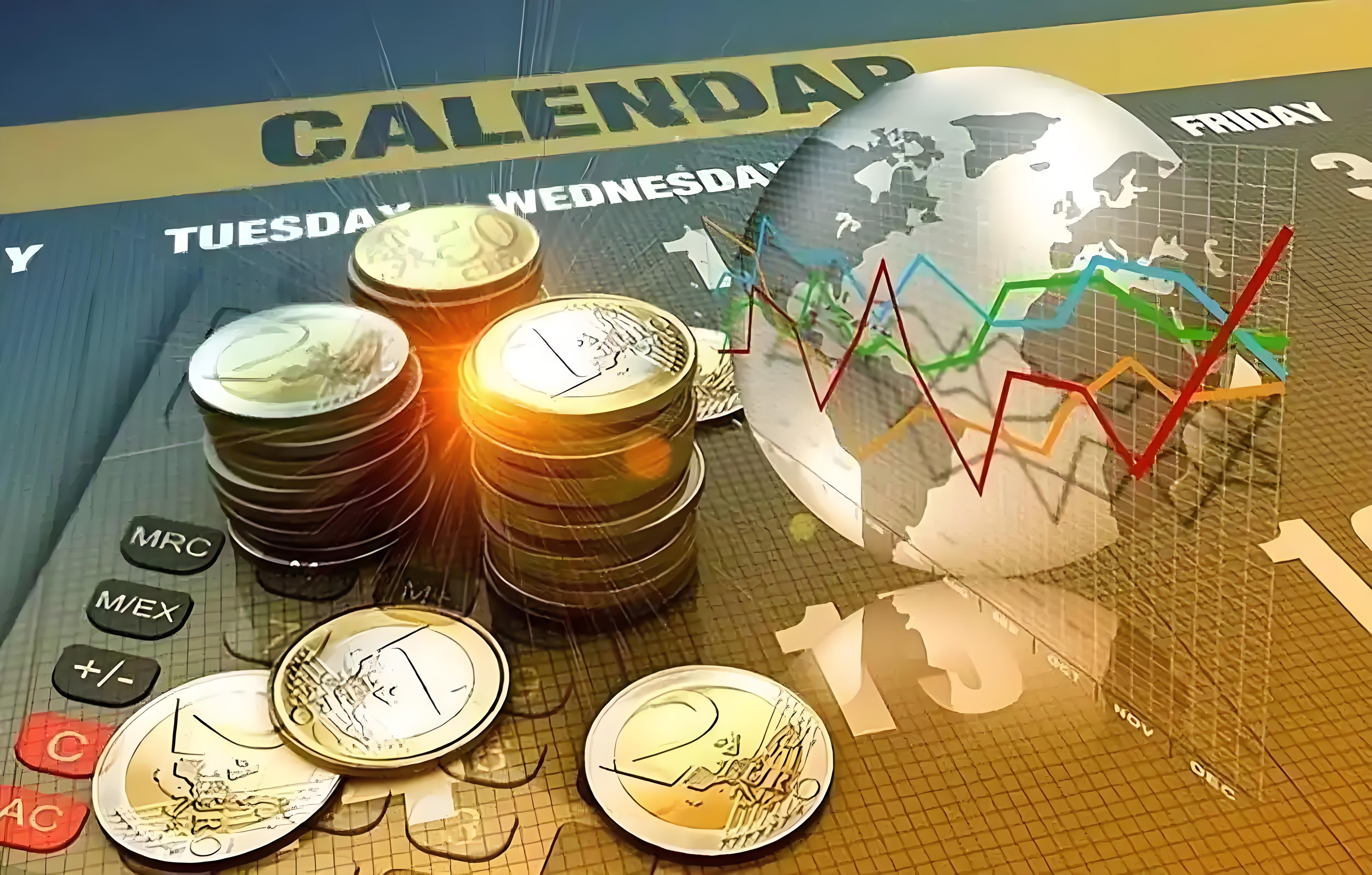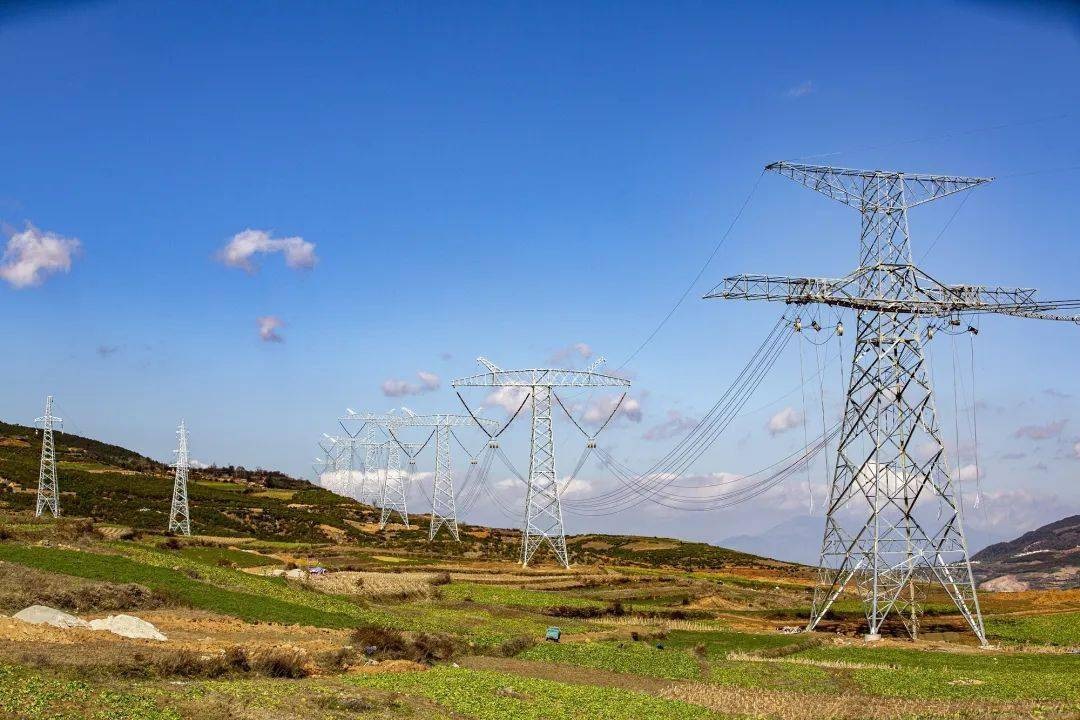
In 2025, the global economy is advancing with difficulties in a complex and volatile environment, presenting an overall stable yet moderately growing trend. The "World Economic Situation and Prospects 2025" report released by the United Nations shows that the global economic growth rate is expected to be 2.8% in that year, basically the same as in 2024. The Organization for Economic Co - operation and Development (OECD) is relatively optimistic, predicting a growth rate of 3.3%, a slight increase of 0.1 percentage points compared with 2024. The International Monetary Fund (IMF) forecasts that the growth rate will remain at 3.2%. These figures indicate that although the global economy maintains a certain degree of resilience, the pace of recovery still faces many obstacles.
As the world's largest economy, the economic trend of the United States attracts much attention. The return of Trump has brought many uncertainties to the US economy and even the global economy. His threatened trade protectionist policies such as imposing tariffs on many countries will undoubtedly trigger a new round of trade frictions, casting a shadow over the already fragile global economic growth. The OECD expects the US GDP growth rate to slow down to 2.4% and 2.1% in 2025 and 2026 respectively. At the same time, the direction of the Federal Reserve's monetary policy is also full of variables. Although inflation has eased, the frequent fluctuations in economic data and the policy adjustments of the new government make the Fed's interest - rate - cut rhythm difficult to predict. This not only affects the stability of the US domestic economy but also has a chain reaction on the global financial market.
The European economy still shows weak growth in 2025. The European Central Bank recently lowered its growth forecast for Europe in 2025 to 1.1%, and the prospects are not optimistic. Germany, as the "locomotive" of the euro - zone economy, has also seen its economic growth severely restricted. The Bundesbank said that Germany's GDP may only grow by 0.2% in 2025, a significant downward adjustment of 0.9 percentage points from the previous forecast of 1.1%. The situation in France is equally worrying. The Bank of France expects GDP growth of 0.9% in 2025, lower than the 1.2% forecast in September. The euro - zone as a whole faces multiple difficulties such as insufficient domestic demand and a weak manufacturing industry, and the road to economic recovery is bumpy.
However, Asian countries are expected to become a major highlight of global economic growth in 2025. The IMF has raised its growth forecast for emerging Asian economies, and HSBC expects the economies of India and ASEAN countries to maintain strong growth. The economic growth of Asia (excluding Japan) is expected to remain at 4.4% in 2025, much higher than the global average expected growth rate of 2.6%. As the largest economy in Asia, after the Central Economic Work Conference clearly implemented a more proactive and effective macro - policy, China has injected strong confidence and momentum into its economic development. China continues to promote industrial upgrading, expand domestic demand, and continuously optimize the business environment, and its economy is expected to achieve high - quality growth on the basis of stable operation.
In terms of policies, most central banks around the world shifted to a loose monetary policy in 2025. This measure aims to reduce financing costs and stimulate economic growth. If the economic downturn and downward pressure on inflation persist, the European Central Bank is expected to continue cutting interest rates throughout the year, and the rate cut may be larger than that of the Federal Reserve. There is a serious divergence within the Bank of England regarding the interest - rate - cut path in 2025, increasing the uncertainty of monetary policy. In view of their own economic development needs, many central banks in Asian countries may adopt a more aggressive interest - rate - cut strategy than the Federal Reserve to promote economic recovery. However, the situation in Japan is different. Given the upward inflation and moderate economic expansion, the market expects the Bank of Japan to continue raising interest rates to curb inflation and maintain stable economic development.
However, the world economy in 2025 also faces many severe challenges and risks. In terms of geopolitical risks, regional conflicts, trade protectionism, and tense international relations continue to ferment. Geopolitical hot - spot issues such as the Russia - Ukraine conflict and the Israel - Palestine conflict not only have severely damaged the regional economies but also had an adverse impact on global trade, investment, and economic growth. In the context of continued geopolitical tensions, a new surge in commodity prices may further disrupt the global inflation level, hinder central banks from loosening monetary policies, and thus pose a major challenge to fiscal policies and financial stability.
The vulnerability of the global financial system cannot be ignored. The current uncertainty of economic policies can easily trigger violent fluctuations in the financial market. Whether economic policy adjustments exceed or fall short of expectations may further tighten global financial conditions, exerting huge pressure on investment and growth. The current divergence between financial market volatility and geopolitical risks is intensifying. Asset prices may not reasonably reflect the potential impacts of wars and trade disputes, and this disconnection makes a sharp shock more likely to occur in the short term. Once there are significant fluctuations in the financial market, it will be more difficult for enterprises to finance, dampening investment confidence and dragging down the development of the real economy.
Some economies also face significant sovereign debt pressure. With the rise in global interest rates and the slowdown of economic growth, the debt burden of some countries is becoming increasingly heavy. Sovereign debt pressure not only affects the domestic economic stability of these countries but may also trigger turmoil in the global financial market. If the debt problems of these economies are not properly resolved, it may in turn affect their debt - repayment ability, further leading to turmoil in the global financial market.
Despite the numerous challenges, there are also some development opportunities for the world economy in 2025. At the global level, countries should strengthen international cooperation to jointly address global challenges such as climate change, geopolitical risks, debt crises, and global public health events. By strengthening cooperation and jointly formulating and implementing solutions, risks can be effectively reduced, creating a stable environment for economic development. Promoting trade liberalization, resisting trade protectionism, and safeguarding the multilateral trading system can provide broader market access opportunities for developing countries and promote the balanced development of the global economy. Strengthening debt management and establishing an effective global debt restructuring mechanism can help developing countries solve debt crises and restore economic growth.
In addition, the development and utilization of critical mineral resources present opportunities for economic growth, poverty reduction, and sustainable development in relevant countries. With the growing global demand for clean energy, new - energy vehicles, and other fields, the importance of critical minerals such as lithium, cobalt, and nickel is becoming increasingly prominent. For countries with critical mineral resources, the rational development and utilization of these resources can not only bring substantial economic benefits but also promote the optimization and upgrading of their domestic industrial structures, achieving sustainable economic development.
In 2025, the world economic situation is complex and changeable, full of both opportunities and challenges. Countries need to remain vigilant, strengthen cooperation, and formulate reasonable economic policies to respond to the ever - changing economic environment and achieve stable economic growth and sustainable development.

報告顯示,中國電力投資加速增長,預計2024年電網基建投資將超過5300億元。
近日,市場迎來了一則引人注目的消息:工業巨頭3M公司(MMM.N)在本周五公布了其季度業績報告,隨後股價飆升至近兩年來的
最近,外媒給OpenAI算了筆賬,今年可能要血虧50億美元。
近日,巴黎奧運會和世界鐵人三項協會聯合發布了一項重大決定,宣布因塞納河水質污染問題,原定於近期進行的奧運會鐵人三項首次下
當地時間7月18日,法國巴黎發生了一起令人震驚的持刀襲警事件。
近期,一則重大消息在國際舞臺上引起軒然大波,馬來西亞宣布加入金磚國家。
調查發現,互聯網和智能手機的使用幹擾了韓國近五分之一學生的生活。